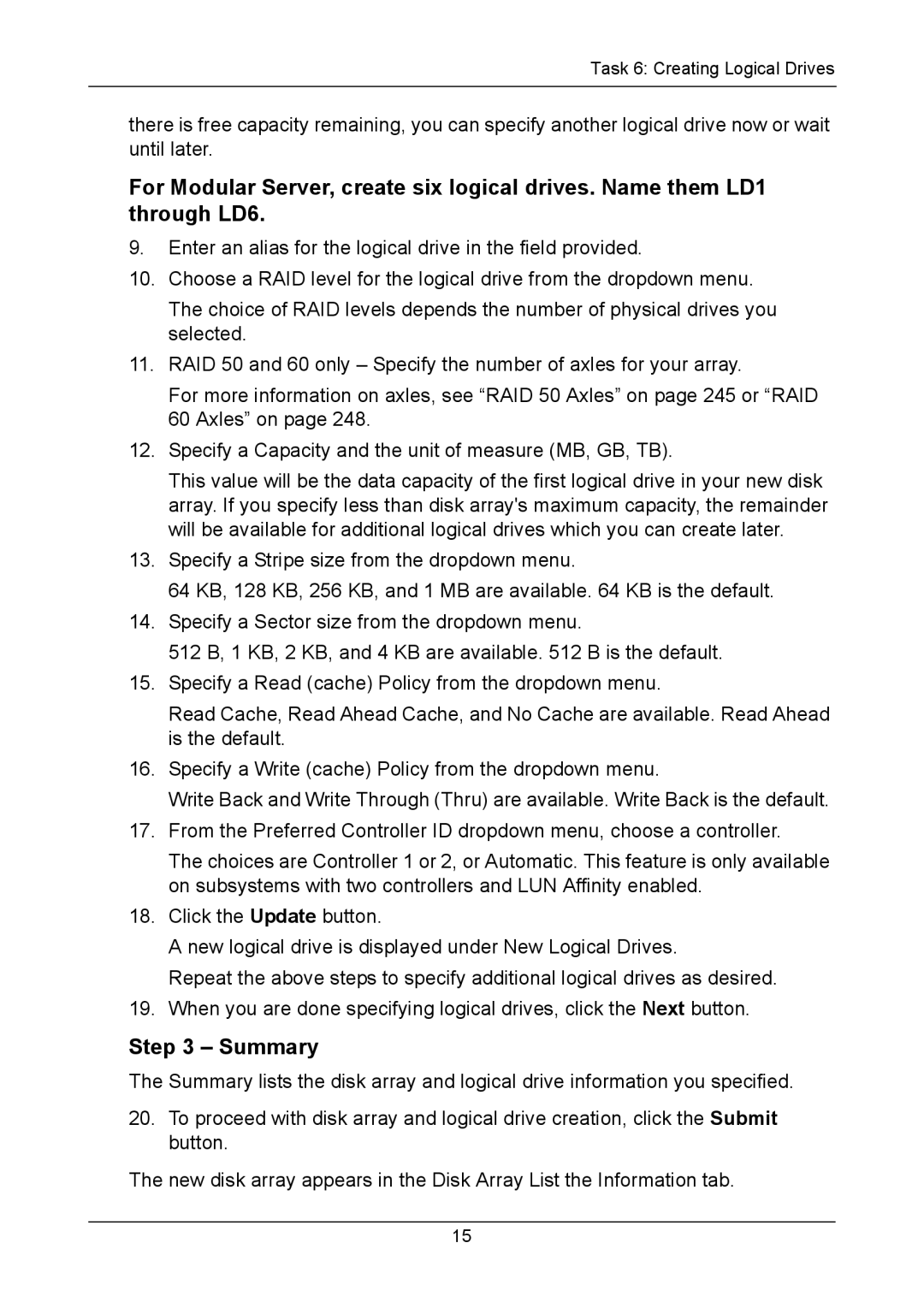vERSION 0.81 specifications
Promise Technology has rolled out version 0.81, solidifying its presence as a robust player in the data storage and management sector. This release comes packed with exciting features and technologies tailored to enhance performance, reliability, and ease of use for businesses and individual users alike.One of the hallmark features of Promise Technology version 0.81 is its enhanced data management capabilities. This version introduces an intuitive web-based user interface, making it easier for users to monitor their storage systems in real-time. The interface is designed to streamline complex tasks, allowing users to manage backups, recover data, and configure storage solutions seamlessly.
Moreover, version 0.81 focuses on performance optimization, integrating advanced caching technologies that significantly boost data access speeds. Businesses that rely on high-availability storage solutions will find this enhancement particularly beneficial, as it facilitates faster retrieval of critical data. The improved caching algorithms can learn usage patterns, ensuring that frequently accessed files are readily available.
This version also supports a wider array of storage formats and configurations. With native support for both NAS (Network Attached Storage) and SAN (Storage Area Network) environments, Promise Technology offers unparalleled flexibility in how users configure their storage systems. Whether organizations are looking to centralize data storage or require a distributed system, version 0.81 accommodates various needs.
Security is another focal point in this release. Version 0.81 incorporates advanced encryption protocols that safeguard sensitive data at rest and in transit. This is particularly crucial for businesses that manage confidential information, as it protects against data breaches and cyber threats.
Compatibility is a major characteristic of this version, as Promise Technology continues to work alongside diverse operating systems and interfaces. Whether users operate on Windows, macOS, or various Linux distributions, integration is straightforward, making the system adaptable to existing IT infrastructures.
In summary, Promise Technology version 0.81 is a forward-thinking solution that combines usability, performance, and security. With its user-friendly interface, cutting-edge caching technologies, versatile storage options, robust security features, and compatibility, this version is tailored to meet the evolving demands of today’s storage environments. As organizations continue to navigate the complexities of data management, version 0.81 stands as a reliable choice to ensure that their storage solutions are efficient and secure.

